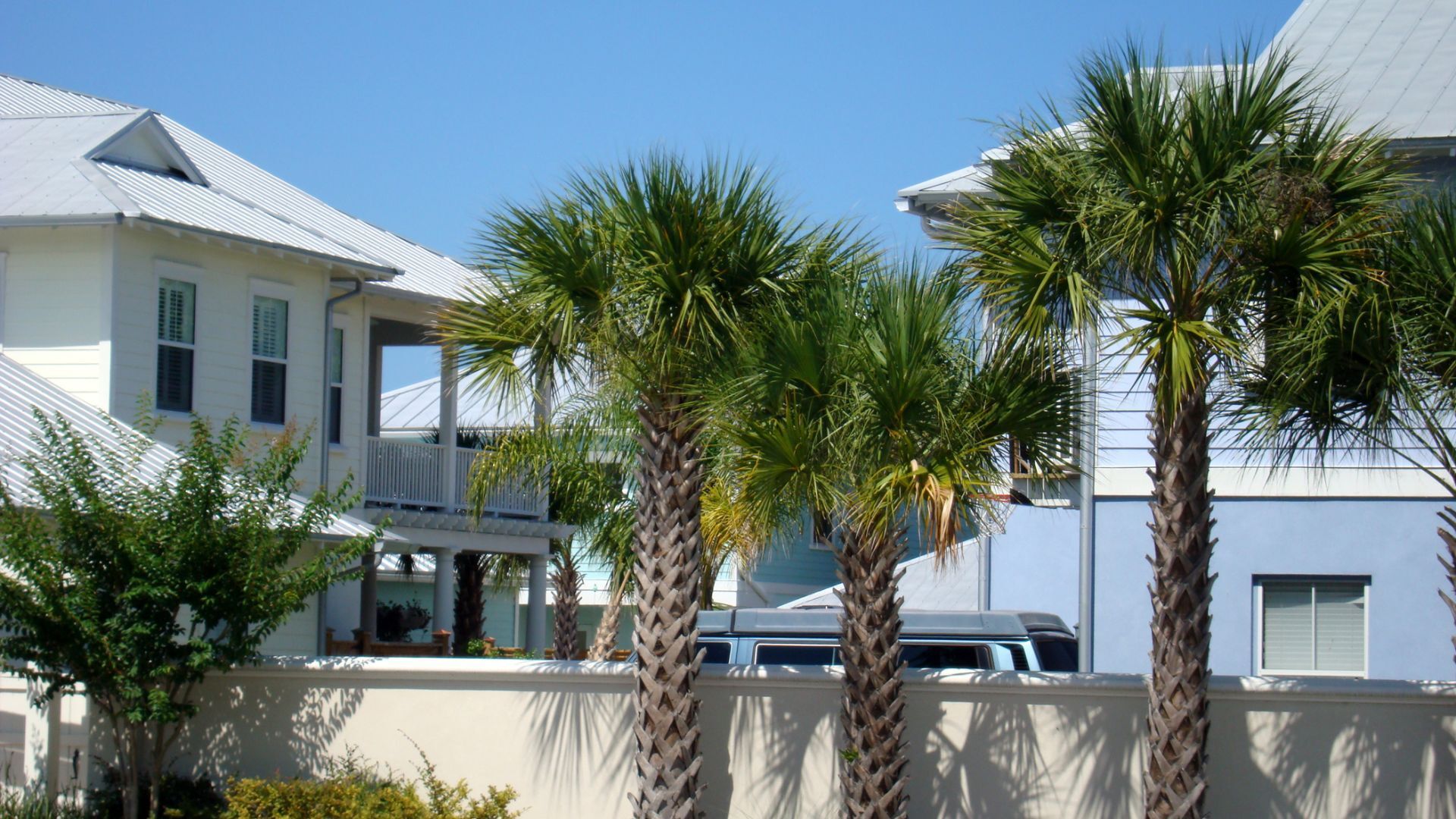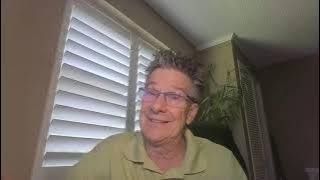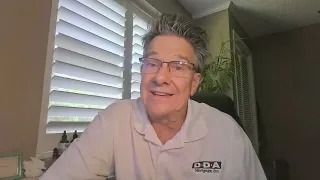Call (727) 784-5555
When you’re retired, every penny counts. And as the market continues to adjust, retirees are struggling to make ends meet. Many don't want to dip into their investments in this market—and for good reason! But that can be hard when you're living on a fixed budget.
Thankfully, there's a reverse mortgage insured by the U.S. Federal Government called Home Equity Conversion Mortgage (HECM), and is only available through an FHA to get the cash you need without touching your nest egg. A HECM is an easy way for seniors to get extra cash without selling off property or having to rely on family members for support. It can help you pay off bills and stay afloat until things turn around financially again.
How A Home Equity Conversion Mortgage (HECM) Works
Reversing the process of a traditional mortgage, a reverse mortgage allows you to use the equity in your home to pay off existing lines of credit or other debts you may have. This can be an especially helpful tool if you are nearing retirement age and need to free up some extra money for your golden years, but want to keep your home as an investment.
A reverse mortgage a line of credit is also flexible: If you want to take out a loan on your home, there's no need to worry about having to sell it off or pay back the loan through monthly payments (like with a traditional home equity loan).
The Benefits Of A Reverse Mortgage, Home Equity Conversion Mortgage (HECM).
One of the biggest benefits of a reverse mortgage line of credit is that it's completely customizable.
You can get as little or as much money as you need, and you don't have to pay back anything until you sell your home or move out. You can also use a reverse mortgage line of credit to supplement any other retirement funds or income you have coming in. And because there are no credit checks involved, it's easier to qualify for a reverse mortgage line of credit than for most other loans. The best part is that payments are deferred. So, there is no monthly repayment schedule. You only borrow what you need.
Requirements For A Reverse Mortgage Line Of Credit, Home Equity Conversion Mortgage (HECM).
One of the most common questions we get is: "Can I use a reverse mortgage as a line of credit?"
So, let's talk about it!
First things first: you must be 62 or older to qualify for a reverse mortgage line of credit. You must have equity in your home. Finally, you must occupy the home, pay taxes and insurance on time and maintain the house in a reasonable manner.
But once you're approved, it works just like any other line of credit. You can take money out whenever you want—it's just that instead of paying back the loan, you defer your interest and payments.
Next Steps To Get U.S. Federal Government Home Equity Conversion Mortgage (HECM).
Thanks to reverse mortgages, it's safe, easy, and financially viable for seniors to keep living independently in the house that they've always called home - at a reasonable price - no matter how much prices rise.
Other options are available and lenders are always working on new product offerings.
If you would like to speak to a Reverse Mortgage advisor, give us a call
(727) 784-5555. Or use our form below to ask a question.
Ask a Mortgage Question
Use the form below and we will give your our expert answers!
203H Ask A Question
We will get back to you as soon as possible.
Please try again later.
Start Your Loan
with DDA todayYour local Mortgage Broker
Mortgage Broker Largo See our Reviews
Looking for more details? Listen to our extended podcast!
Check out our other helpful videos to learn more about credit and residential mortgages.





